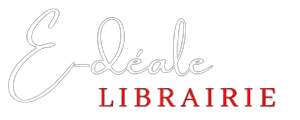A growing number of artists are using the latest technologies for aesthetic and artistic purposes. Terms and expressions such as bioart, biotech, biofacts, transgenic art, biogenetics, in vitro art, etc. are thus referring to half-artistic, and half-scientific, hybrid creations.
These intentionally provocative "works" are unsettling.
They perturb our imaginations and sometimes defy the traditional and historic limits attributed to Western art. They also muddle our perception of them by exposing – beyond the realm of art – a multiplicity of ethical, religious, philosophic, cultural, legal and political issues.
Neuroaesthetics – an interdisciplinary area linking aesthetics, neurosciences and cognitive sciences – now represents a particularly innovative aspect of the art-science alliance.
It is raising many questions, such as what role do “nature vs. nurture” play in how we express our sensitivity to beauty?
Are there neuronal dispositions or brain structures favouring the recognition and appreciation of beauty? Can the physiological processes which determine or accompany a plastic or musical aesthetic experience be identified?
Little by little, technoscience is delivering its own answers to these worrisome questions heralding an uncertain future. Aesthetic philosophy must nonetheless strive to meet these same challenges.
Philosopher and Germanist Marc Jimenez is an instructor at Université de Paris I (Panthéon-Sorbonne). He teaches Aesthetics at UFR d'Arts plastiques et Sciences de l'art (a French plastic arts and sciences teaching and research institute) where he is the Head of the Centre de Recherches en Esthétique théorique et appliquée (Theoretical and Applied Aesthetics Research Center).




